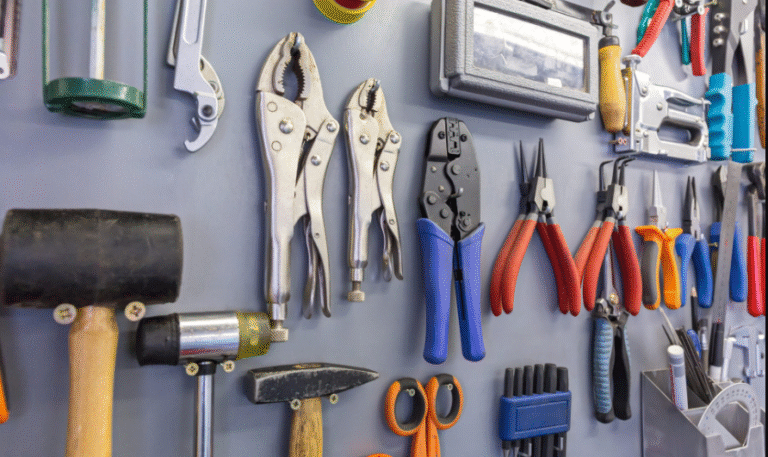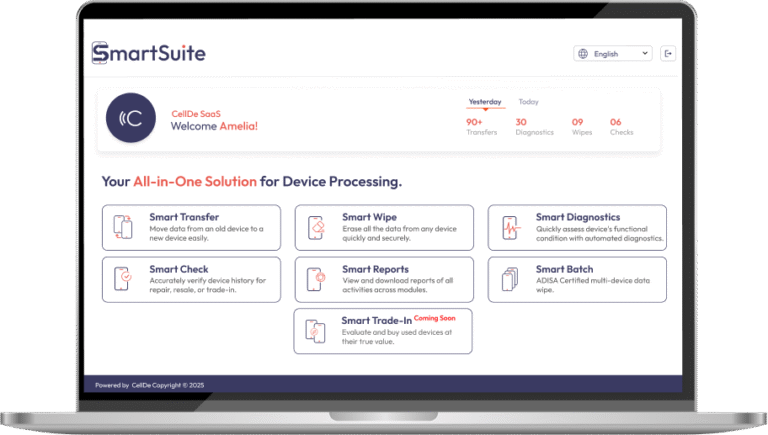The Economic Benefits of Switching to Electric Striping Machines
As field marking technology advances, many operations are transitioning away from traditional fuel-powered models in favor of electric striping machines. These machines offer more than just environmental benefits, they also deliver real economic value through long-term cost savings, operational efficiency, and reduced maintenance demands.
Organizations managing sports fields, roadways, or industrial properties are now discovering that switching to electric models is a financially sound move. Beyond the initial investment, the total cost of ownership drops significantly when compared to manual or combustion-based alternatives.
Reduced Fuel and Maintenance Costs
One of the most immediate financial benefits of using electric machines is the elimination of fuel expenses. Traditional gas-powered stripers require ongoing purchases of fuel and oil, which fluctuate in price and create unpredictable budget demands. Electric models, by contrast, operate on rechargeable battery systems that provide consistent energy output with minimal operational cost.
In addition, electric machines have fewer moving parts, which directly reduces wear and tear. Maintenance routines are simplified, and component failure is far less common, helping crews avoid downtime and expensive repairs. These savings compound over time, particularly for operations with regular, large-scale striping requirements.
See also: Predicting the Next Big Thing in Tech
Improved Efficiency and Labor Productivity
Modern electric striping machines are also built with automation and precision in mind. Features like digital line tracking, programmable paths, and automated paint output not only improve quality but reduce the need for manual correction or oversight.
Many teams find that shifting away from manual processes significantly cuts the time required for each job. The comparison between robotic vs manual striping machines clearly shows that electric units boost overall efficiency by allowing fewer operators to manage more surface area with greater consistency.
This productivity gain translates to fewer labor hours per project and more predictable scheduling, which is especially valuable for facilities with multiple fields or tight seasonal deadlines.
Long-Term Value in Field Maintenance
In addition to operational cost savings, electric striping machines contribute to long-term field management strategies. Their quieter operation reduces disturbance in public parks, schools, and residential areas, allowing crews to work during early or late hours without complaints.
Many models also use eco-friendly paint delivery systems that minimize waste and prevent overspray, supporting environmental compliance efforts while keeping materials usage low. The overall reduction in manual involvement also helps extend employee longevity and job satisfaction by reducing physical strain.
The real impact becomes clear when examining how robotic field line marking reduces labor costs in field maintenance. As technology automates repetitive tasks, teams can reallocate personnel to higher-value responsibilities, increasing overall output without expanding headcount.
Conclusion
Switching to electric striping machines is no longer just a modern upgrade, it’s a strategic financial decision. These machines help reduce fuel expenses, cut labor costs, and minimize maintenance disruptions, all while enhancing application accuracy and operator safety.
With growing pressure to operate more efficiently and sustainably, electric models are proving to be an ideal solution for long-term budget control and scalable field operations. As more organizations adopt this technology, the economic advantages will only become more evident across industries that rely on precision line marking.






